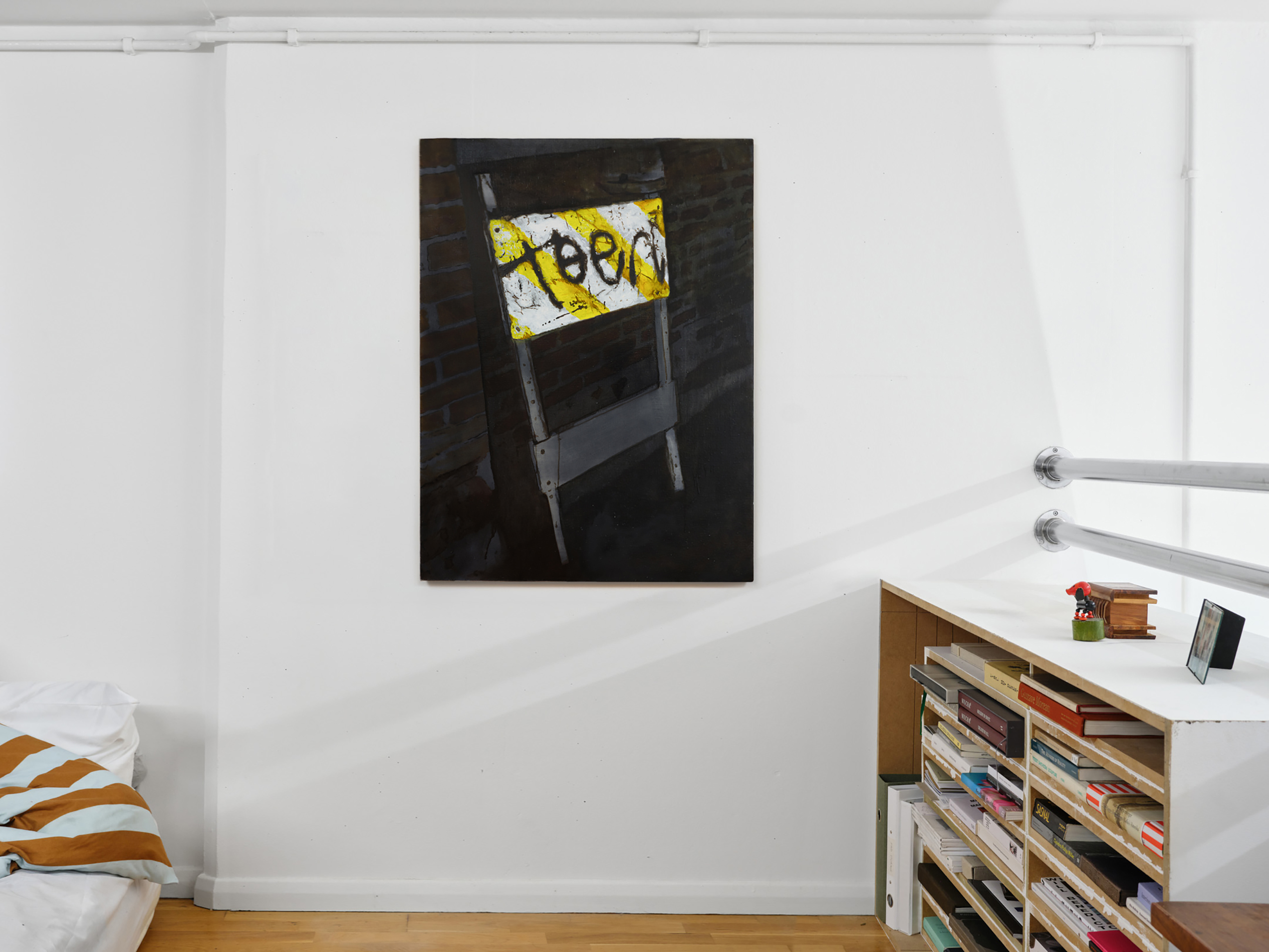
David Muenzer’s practice often follows different states. As things change, attributes may be traded away, maintained, strengthened, or weakened. These operations have taken many forms: from performative immersion in a law firm to entropic, materially driven sculpture. His more recent work has turned to subject formation and inner life, often through drawing. The figure of the teen is an exemplary subject for Muenzer:
“Don’t trust anyone over thirty” might have been a motto for my parents’ counterculture, but
as far as age-interdicts go, I think the teen perspective is much more severe. Don’t trust anyone
with a total age divergence greater than fourteen months, give or take? The people I thought of
as “older,” when younger, are fixed that way in my memory. So an upperclassman is always
much older, even as the gap in our years proportionally diminishes with time.
The teen bedroom is also the architecture of a new(ish) subject. How long has the teen existed?
Not chronological teens, of course, but the protean form that the regulation of child labor
laws, a lengthy educational process, and maybe, a lack of voting rights stirs up. Today’s
bedrooms are places for self-regarding experimentation, studying who one might become or
choose to be. And, of course, a stage from which to perform that self.
Muenzer’s most recent exhibition, Twin Study at Soldes in Los Angeles, used montage strategies and relief sculpture to consider how the past manifests in the present. The artist described the departure point of the exhibition as a dialectic of identity and inheritance, a word etymologically linked to both economic and biological determinism. As Claire Bishop has noted, the obsession with historicity in contemporary art is symptomatic of our shifting landscape of attention: “deju vu is [...] a ‘public pathology’ resulting from excess of memory, [and] a surfeit of history.”1
This exhibition is a counterpoint to the past-facing investigations of Twin Study, following the temporality of the teenage subject to explore what some have called a continuous present.2 3 Muenzer’s long standing Sconce series (2013– ) deals in continuity, exactingly repeating forms over different exhibitions but shifting the material, scale, or watermark in the unassuming folded paper shapes. In Teen, the steady
interior lighting produced by the Sconces contrasts with the obliterating flash depicted in the paintings. The formal device of the flash removes depth from an image, heightening what it hits while obscuring that which lies beyond the subject.
1. Bishop, Claire. 2024. Disordered Attention. Verso Books.
2. Silman, Amy. 2017. Drawing in the Continuous Present. Public Program of the Menil Collection.
3. Groys, Boris. 2009. Comrades of Time. e-flux Journal. Issue #11.







